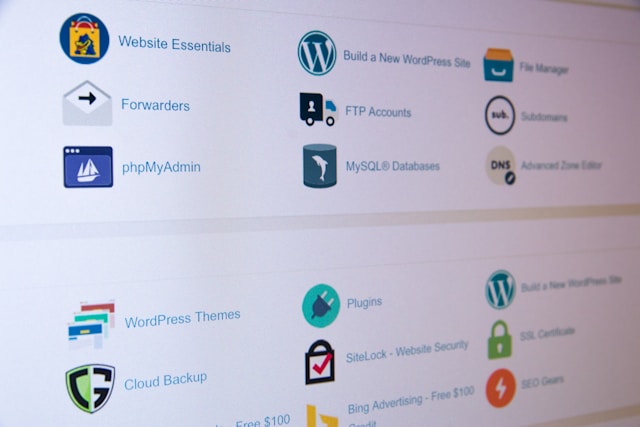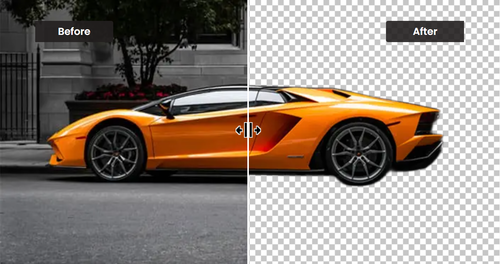Multi-frame TIFF picture conversion to GIF format presents a specific problem, particularly in a cross-platform.NET environment. The deployment of solutions in cross-platform cloud settings is restricted by system.drawing.common’s Windows-specificity. “Convert Multi-frame TIFF to GIF: Cross-platform Net Environments”, In this post, we will outline a solution that is intended for cloud systems that can handle different sizes of TIFF files.
Background
We also had trouble converting TIFF photos to GIF or BMP formats during this project’s migration of an antiquated.NET system to cross-platform microservices using.NET. The primary problem stems from the fact that our legacy system’s essential library, system.drawing.com, is limited to Windows platforms. TIFF stands for “Tagged Image File Format,” and while it’s widely used in digital imaging, it needs to be converted into a few basic browser-supported formats in order to be rendered in HTML. TIFF is perfect for use on the web since it can handle several frames of complicated images and GIFs are widely compatible. Usually when working with multi-frame TIFFs of different sizes, converting between these formats might be a little challenging. Microsoft suggests various alternative libraries for managing image processing in a cross-platform environment. The following libraries are listed:
With its extensive feature set for image processing, SkiaSharp is a potent 2D graphics library.
ImageSharp: this platform allows for the support of multiple image formats and provides a tiered licensing system.
Put in question.Drawing: With a wide range of graphics capabilities, this commercial license library is well-known.
Microsoft.Maui.Graphics: This library, which is a component of the MAUI framework, renders graphics across several platforms.
These are some examples of library capabilities. Even with TIFF image support, there are certain restrictions. You should be aware that ImageSharp is the sole program that provides limited support for TIFF images. One important limitation is that multi-frame TIFF files must have identical frame sizes.
Methodology for solving problems
The approach makes use of Tifflibrary and Sixlabours to maximize their image processing power while guaranteeing cross-platform interoperability. Unlike systems.drawing.common, these libraries are not limited to Windows and can be used in a variety of cloud environments. Each TIFF frame is read by the implementations of these libraries, which subsequently convert each frame into a GIF file after allowing for any necessary frame resizing for consistency.
Application
Here are several high-level implementation overviews:
This implementation uses the Tifffilereader to read through the TIFF file directories.
Each IFD’s picture is decoded using an image decoder that is built.
Using the ImageSharp package, each frame is stored in the GIF format.
After then, these are included in a picture list.
Restrictions and things to think about
The primary constraint of this method is its inability to provide photometric interpretation, which could potentially impact the color representation of certain TIFF pictures. This constraint is workable with these libraries for many applications where color purity is not a crucial concern.
Findings and Implications
This method worked well in a cloud setting to convert multi-frame TIFF files to different frame-size GIFs.
Convert Multi-frame TIFF to GIF: Cross-platform Net Environments, summery.
This article’s method effectively closes the gap when it comes to transcoding multi-frame TIFF images to GIF format in a cross-platform.NET context. Its capacity to handle photos of different sizes and its adaptation for cloud platforms make it a useful tool in the image processing industry.




